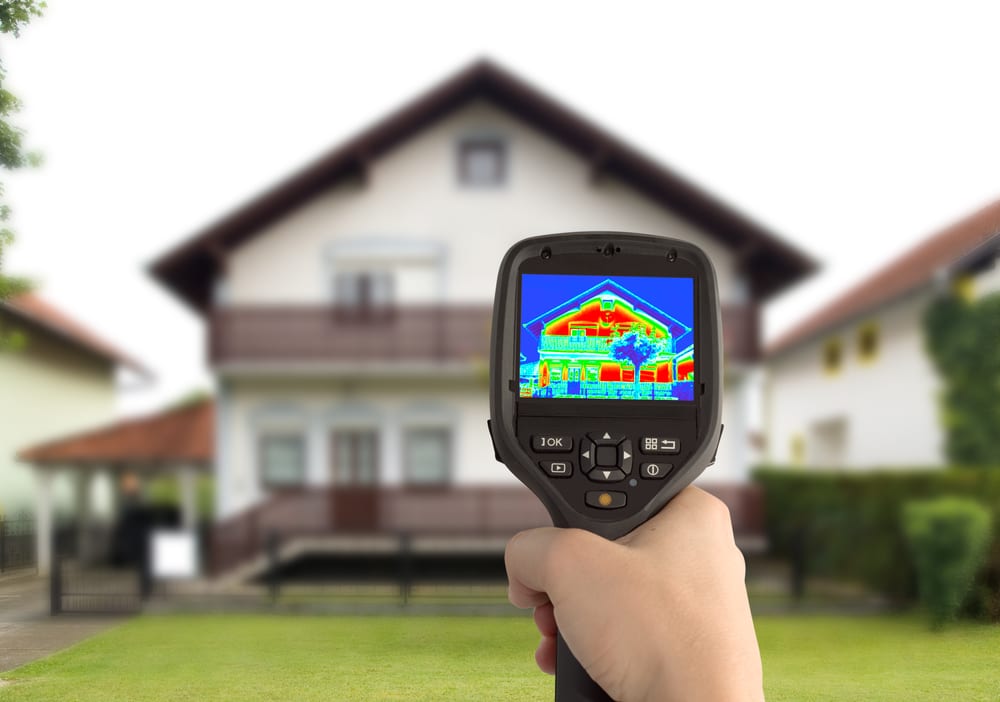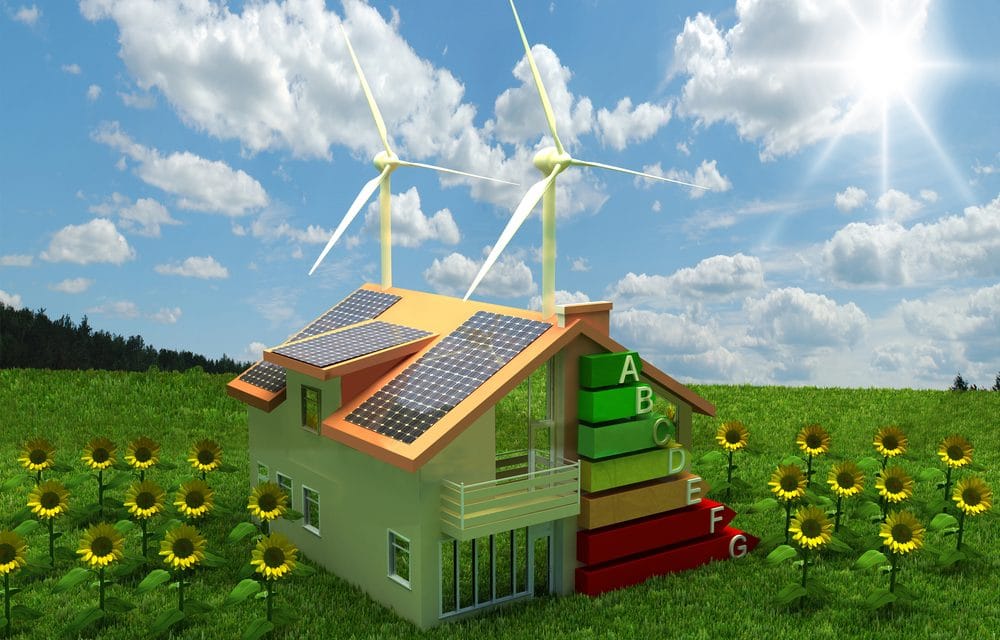Energy Efficiency – Designing, Inspecting, and Testing For it, Part Two

Listen and Learn!
This comes courtesy of our friends at Build Your House Yourself University hosted by Michelle Nelson, informal residential construction student. She shares information on home building practices as well as interviews with experienced contractors and industry experts to bring you tips, tricks, and trends in home building.
This is the conclusion of an interview I did with Ron Hughes, owner and president HERS, inc., a home energy rating company. He warns us about installing an oversized HVAC system and tells us more about making our homes more energy efficient and more comfortable.
The PRO TERM this week is:
Manual J: The Manual J calculation is the first step in designing a new heating and air conditioning system. The “J” in Manual J stands for Joule, which you might remember from your science classes. A “Joule” is a unit of energy. Manual J calculations determine how much cooling a house actually needs.
Cooling & heating units are simply “BTU machines” that add or remove BTUs of heat. A one-ton air conditioning unit can remove 12,000 BTUs of heat per hour. A two-ton unit removes 24,000 BTUs, and so on.
Through a complex series of calculations and inputs, an HVAC designer, or HERS rater, analyzes all the insulation of a home and the thermal characteristics of every wall, window, floor, ceiling, and door.
Other factors, such as the home’s geographic location, orientation to the sun, envelope tightness, duct leakage, lights, and appliances are also taken into account. Manual J even considers the amount of heat and humidity that each occupant will add to the interior of the home.
You might think that having a bigger system is better, but that’s not the case with air conditioning. Oversized cooling systems result in a humid, clammy house because the oversized AC is so big that it blasts the house with cold air and cools it extremely quickly. Then the unit turns off before it has time to remove the humidity from the air. In other words, an oversized AC cools but doesn’t dehumidify.
Additionally, since an oversized AC unit doesn’t take long to cool off the house, the unit turns on and off so frequently that causes greater stress to the system. This is called short cycling and it shortens the life span of the air conditioner.
Finally, oversized systems are more expensive to install and maintain. Obviously, it will cost more to have a 6-ton air conditioner installed than a 4-ton unit. So, for all those reasons, having a Manual J calculation to properly size your HVAC system is pretty important.
During the interview, Ron tells us that contractors will often us a rule of thumb to size the HVAC system for a new home, instead of going to the trouble of calculating the Manual J. That rule of thumb varies from region to region but is somewhere around one ton of air conditioning for every 400-500 square feet. This rule of thumb is pretty inaccurate and will often lead to the installation of an oversized air conditioning system.
In addition to getting a Manual J calculation so your new home will get a properly sized HVAC system, Ron suggests some other things that we can do to make our homes more energy efficient and comfortable, including:
- Advanced framing to allow the installation of more insulation
- Putting insulation above the headers of door and windows
- Having a return air duct in every major room in the house
- Get your ducts tested for leakage since leaky ducts are one of the biggest problems in new construction.
Ron suggests going to Energy Star website and downloading their checklist as a point of reference for your contractors, even if you don’t get the Energy Star certification. You’ll end up with a more energy efficient and comfortable house that have lower utility bills.
Since the utility bill is second only the mortgage as the largest household bill most people have, spending about $700-$800 to have your home energy rated is well worth the fee.
QUIZ
1. What is the name of the calculation used to properly size the HVAC system for a home?
Manual J
2. What is the old school, not-so-accurate rule of thumb for sizing an air conditioner?
a. One ton of air conditioning for every 400-500 square feet
b. One ton of air conditioning for every 4000 square feet
c. One ton of air conditioning for every 100-200 square feet
d. One ton of air conditioning for every 1000 square feet
The answer is A. When builders or the HVAC company doesn’t want to go to the trouble of doing the Manual J calculation, they will often us this rule of thumb.
But, in most cases, using that rule of thumb will lead to the installation of an oversized system.
By using the Manual J calculation, HVAC designers are finding that many newer homes need only one ton of air conditioning for every 800 square feet. And high-performance homes might need only one ton of air conditioning for every 1500 or 2000 square feet. That means that a contractor using the old school rule of thumb of 500 square feet per ton is installing an air conditioner that’s 2, 3, or even 4 times larger than it should be. And that’s no skin off their nose, since the bigger system you buy, the more money in their pocket.
3. True or False: Ideally a home should have just one return air duct or vent
False. Most homes have only one central return duct, that large register grill where you change your air filter. But ideally a house should have a return air duct in each major room, except the kitchen and the bathrooms (we don’t want to distribute kitchen and bathrooms odors).
Your HVAC system is simply a recirculating pump that pumps air. After cool air has been delivered to one area of the home, that cool air will eventually warm up again and it will need to be recooled or reconditioned. A return air vent is the part of your HVAC system that allows that warm air to flow back to your air conditioner. A return air vent in each major room will allow the HVAC unit to run more efficiently and will decrease temperature variations from room to room.
I hope you got some good ideas about how to design your home to be more energy-efficient and more comfortable.
Remember, the purpose of this podcast is simply to educate and inform. It is not a substitute for professional advice. The information that you hear is based the only on the opinions, research, and experiences of my guests and myself. That information might be incomplete and it is subject to change, so it may not apply to your project. Always consult a professional about specific recommendations for your home.


